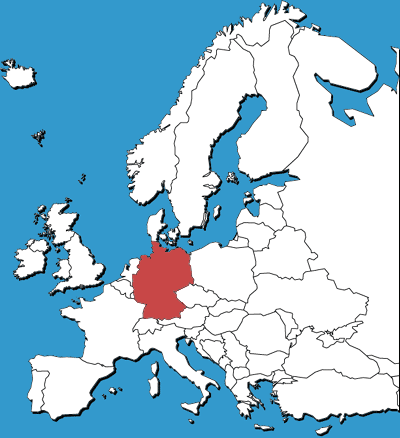
Circle the area on this map

A. The most widely-accepted theory of modern human origins - known as Out of Africa - holds that the ancestors of living humans (Homo sapiens) originated in Africa some 150,000-200,000 years ago. Neanderthals are believed to have died out in Europe 24,000-30,000 years ago after about 100,000 years of existence.
B. Today, the Bab-el-Mandeb strait on the Red Sea is 12 miles wide, but 60,000 years ago it was much narrower and sea levels were much lower. Though the strait was never completely closed, there may have been islands in between which the migrants could reach using simple rafts.
D. Eurasia covers about 10.6 percent of the Earth's surface and 36.2 percent of the land area. Often considered a single continent, Eurasia comprises the traditional continents of Europe and Asia. Eurasia is inhabited by almost 4.8 billion people, more than 71 percent of the world's population.
D. Yugoslavia was a socialist state that existed from World War II until it was formally dissolved in 1992 amid the Yugoslav Wars. It was a federation of six republics: Bosnia and Herzegovina, Croatia, Macedonia, Montenegro, Serbia, and Slovenia.